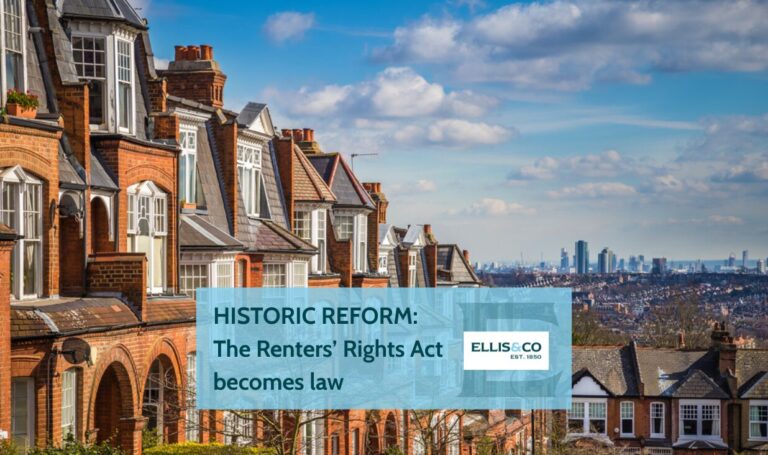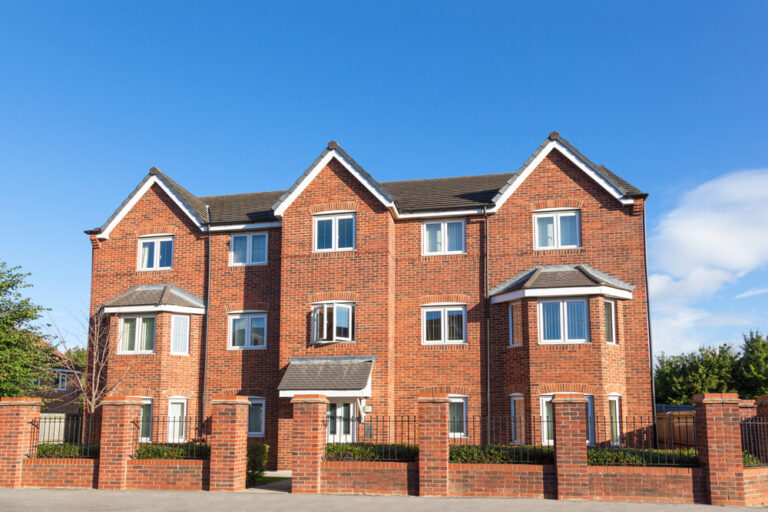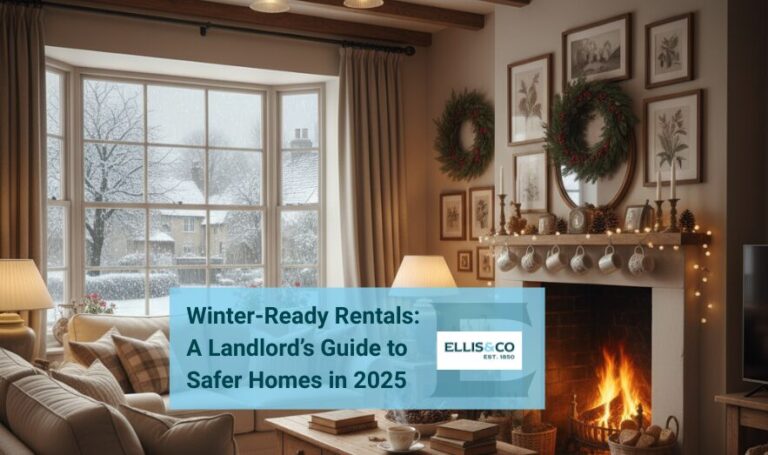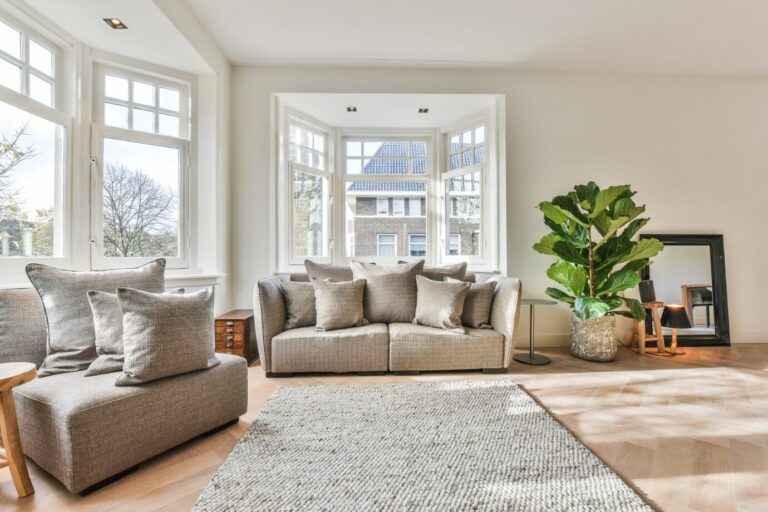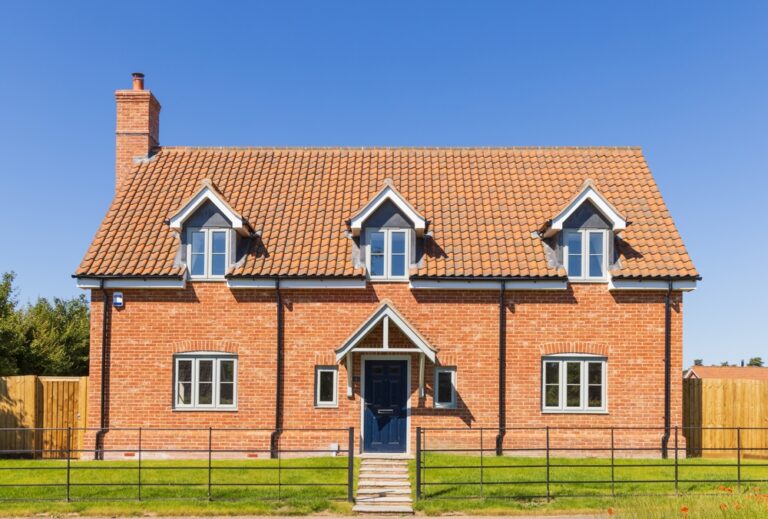You may have heard the term HMO before – and if you’re an existing landlord, you may have pondered including these types of properties in your portfolio.
In this guide, we’ll explain what HMOs are, the rules around and them and reveal the many reasons why they’re still a profitable property investment…
What does HMO stand for?
HMO stands for House in Multiple Occupation – a rental property shared by multiple tenants at one time, where ‘rooms’ are rented rather than the property as a whole.
What are HMO properties?
HMOs are properties rented by at least three people, who aren’t from the same household (family), but share communal facilities like bathrooms and a kitchen.
Most HMOs are single properties with multiple bedrooms, but an HMO can also be:
- A number of bedsits in one building
- A hostel
- A hall of residence
- A building of converted flats, where the flats are self-contained ‘cluster’ flats
What is HMO investment?
HMO investment is when a landlord buys a property to rent out as a co-living home for multiple tenants.
HMO tenancies are divided into separate rooms which are let to individual tenants who share other communal areas of the property.
Some landlords choose to have one or two HMO properties in their buy-to-let portfolio, while others are pure HMO landlords with multiple co-living properties.
How does HMO property work?
A landlord renting out an HMO will do so on a room-by-room basis.
For the tenants, this can be cheaper than renting a whole property on their own and for the landlord, they have multiple streams of income from each room they let.
In an HMO, each tenant:
- Generally, has their own tenancy agreement, separate from other tenants living in the property, although joint tenancies can work if all tenants know each other (i.e students)
- Rents a room and has use of communal spaces like bathrooms, living rooms and kitchens
Other key features of most HMO rentals include all bills being included within the rent, while some landlords may also include council tax within the rent, if the tenants have separate agreements.
Some landlords may also include extras like broadband internet in HMOs, due to these types of property appealing to young professionals.
6 reasons why HMOs are still profitable
HMOs can be more profitable than standard buy-to-lets, where the property is rented out to one tenant, or a family.
Here are six reasons why HMOs remain a profitable investment…
1. Higher yields
HMOs can be up to three times more profitable than standard buy-to-lets.
That’s because the yields are higher for HMOs.
Rental yield is a property’s annual rental income as a percentage of the property’s total value.
And because HMOs generally generate more rental income than standard buy-to-lets, yields are often much higher.
2. Fewer void periods
Because HMOs are let to multiple tenants, landlords can minimise total voids compared with standard buy-to-lets.
For example, in a six-bedroom HMO, even if two tenants were to move out, there would still be four other tenants paying rent while two new ones are found.
In a standard buy-to-let, when a tenant moves out, there can be a void period while the property is marketed to new tenants.
3. High demand
Demand for high-quality HMOs is rising – particularly since the pandemic.
But the number of HMOs in England and Wales (just under 500,000 in 2018) is still dwarfed by the number of private renters (4.7m).
That means there is a great opportunity for landlords to capitalise on the demand for good quality shared living homes, particularly in London and other English towns and cities.
4. Less exposure to rent arrears
With more individual tenants in an HMO, landlords are less prone to problems with rent arrears.
Even if one tenant does fall into arrears, the others may still be paying in full – lessening the impact on the landlord’s cashflow.
5. Potential to add more rooms
By extending a property over time, HMO landlords may be able to add more rooms – increasing their rental income.
Garage conversions, loft conversions and extensions are all ways to add additional space to an HMO.
However, there are rules around minimum room sizes and overcrowding that need to be taken into account, which are explained below.
6. Renovations can add value
Adding additional space to an HMO can not only boost rental income, but also add value to the property in the long term.
Things to consider when investing in HMOs
Although HMOs are generally more profitable than standard buy-to-lets, there are some important factors you should consider before investing…
1. HMO finance can be more complex
HMO mortgages
are available, but lenders often insist on bigger deposits and will only lend at lower loan-to-value percentages.
When buying a standard home to convert into an HMO, often investors will need bridging finance to fund the purchase and refurbishment, before switching to an HMO mortgage once the work is completed.
2. Rules and legislation around HMOs is tighter
HMOs are subject to more legislation than standard buy-to-let properties, while there are also additional planning and licensing regulations in place.
Many local authority areas with lots of HMOs also have rules on the number of further co-living properties they’ll license.
3. Additional costs
Although HMOs offer higher yields than buy-to-lets, they can also come with some additional costs compared with buy-to-lets, including:
- Renovation costs to convert to an HMO
- Licensing and planning costs
- Additional costs on finance – for example, bridging loan interest
- Utility bills
- Council tax
- Potential increased maintenance costs
- Costs of furniture, fixtures, and fittings
4. Not all properties will work as HMOs
Buying the wrong property to convert into an HMO is one of the biggest and most costly mistakes investors can make.
The property’s size is a key factor to consider, with minimum rooms size rules to consider both before and after any renovation work.
Local authority planning regulations are also key, with some locations having additional rules in place when it comes to HMOs.
The rules around HMO property investment
HMOs are more complex than standard buy-to-lets when it comes to regulation and legislation.
On top of standard rental property compliance, you’ll also need to consider:
1. HMO licensing
Large HMOs – those with five or more tenants – require a mandatory licence from the local authority to be legally let.
HMOs with fewer than five occupants only require a licence if the local authority demands one through what’s known as selective licensing procedures.
2. HMO planning permission
Some HMOs also require planning permission on top of a licence.
In planning terms, a small HMO with between three and six tenants is classed as a C4 dwelling and only requires planning permission in an area with an Article 4 direction.
Article 4 areas are those where the local authority has chosen to restrict permitted development rights.
In the case of HMOs, this is often because of the density of existing HMOs in the area.
An HMO with seven or more occupants will always require planning permission, falling under the Sui Generis class.
3. Minimum room sizes
HMOs come with additional rules on the minimum size of bedrooms.
All HMO bedrooms must be:
- At least 6.51 square metres for a single occupant older than 10
- At least 10.22 square metres for two occupants older than 10
- At least 4.64 square metres for a single occupant under 10
Any room smaller than 4.64 square metres cannot be used as a bedroom in an HMO.
4. Additional fire regulations
As well as complying with standard fire safety rules on rental properties, HMO landlords must also:
- Install self-closing fire doors with 30-minutes of fire resistance
- Provide an unobstructed and safe fire escape window
- Ensure the property has clear and unobstructed escape routes
- Put up signs and notices showing exit points
- Install mains powered smoke alarms on landings and in hallways
- Install heat detectors in kitchens
- Install emergency lighting in large HMOs or those with complex escape routes
- Provide fire blankets and extinguishers if required through the HMO licence
5. Overcrowding and minimum facilities
Landlords must ensure their HMOs aren’t overcrowded and that there are enough facilities for tenants, including:
- Adequate cooking facilities for the number of tenants
- Adequate bathroom and washing facilities for the number of tenants
- An adequate number of waste bins for the number of tenants
Other rules on overcrowding mean:
- No more than two people must sleep in any room
- Rooms can only be shared if both individuals consent
- No tenants over 12 years old should share unless they are a couple

